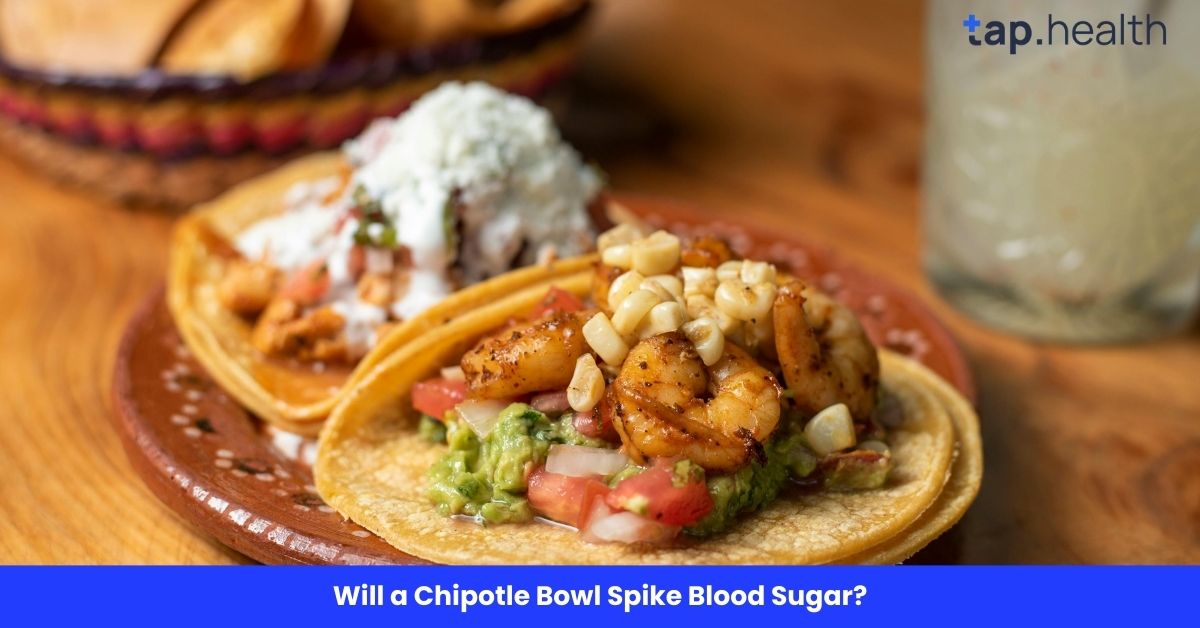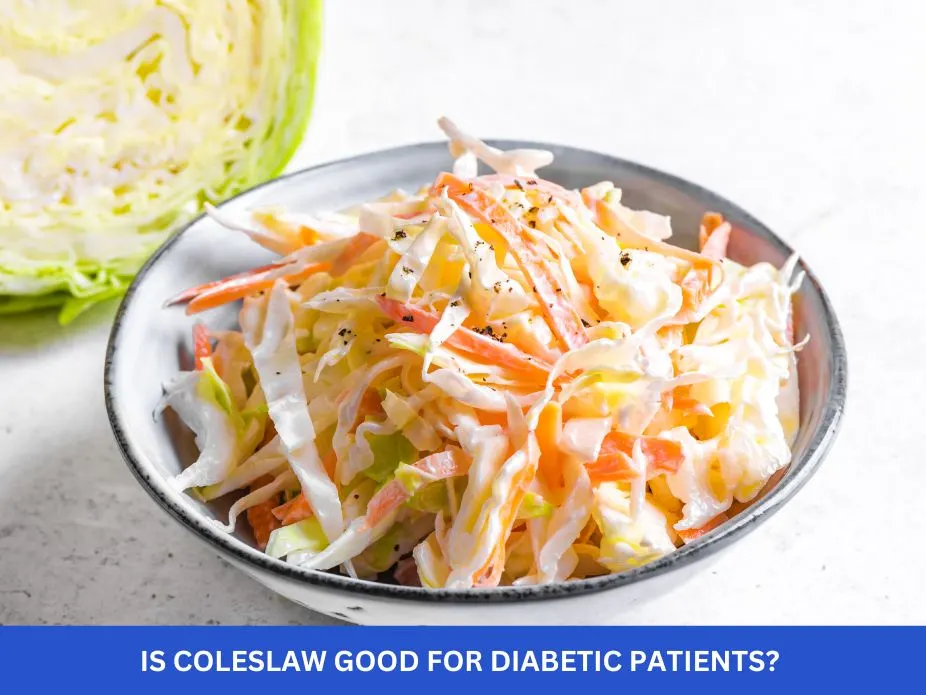Chipotle is a popular choice for many people seeking a quick and delicious meal. With customizable options and fresh ingredients, it can be a satisfying choice for lunch or dinner. However, if you’re keeping an eye on your blood sugar levels—whether due to diabetes, prediabetes, or simply wanting to maintain stable energy levels—you may wonder: Will a Chipotle bowl spike blood sugar?
The answer depends on a variety of factors, including the ingredients you choose and how your body processes them. This blog will dive deep into the relationship between Chipotle bowls and blood sugar levels, providing you with useful insights to make healthier choices. We’ll also break down the ingredients that may cause a rise in blood sugar and suggest ways to avoid or minimize any potential spikes.
Understanding Blood Sugar and Glycemic Response
Before we dive into the specifics of Chipotle bowls, let’s first understand what blood sugar is and how it works. Blood sugar, also called glucose, is the main source of energy for your cells. After eating, your digestive system breaks down food into glucose, which then enters your bloodstream.
However, not all foods affect your blood sugar levels the same way. Some foods cause a rapid spike in glucose levels, while others lead to a slower, more controlled rise. This is where the concept of the glycemic index (GI) comes into play. The GI measures how quickly carbohydrates in a food raise blood sugar. Foods with a high GI cause rapid spikes, while low-GI foods result in more stable blood sugar levels.
So, when you’re wondering whether a Chipotle bowl will spike blood sugar, the answer depends largely on the ingredients you choose.
What Ingredients Are in a Chipotle Bowl?
Chipotle offers a wide range of options, which means you can tailor your meal to your preferences. Let’s break down some of the common ingredients in a Chipotle bowl and assess their impact on blood sugar:
1. Rice
Chipotle’s rice, whether it’s white or brown, is one of the main carbohydrate sources in their bowls. Both types of rice have a moderate glycemic index, meaning they can cause a moderate rise in blood sugar levels. White rice has a higher glycemic index than brown rice, so choosing brown rice may help prevent a sharp spike in blood sugar. However, portion sizes also matter—larger portions of rice will naturally lead to a higher carb intake, which can influence blood sugar levels.
2. Beans
Beans, whether black or pinto, are another staple in Chipotle bowls. Beans are rich in fiber and protein, both of which help to slow the absorption of sugar into the bloodstream. As a result, beans generally have a lower glycemic index than rice, making them a better option for maintaining steady blood sugar levels. However, portion sizes still matter, so be mindful of how much you add.
3. Protein Options
Chipotle offers a variety of protein options, including chicken, steak, barbacoa, carnitas, sofritas, and a vegetarian option with guacamole. Generally, lean proteins like chicken and steak have little to no effect on blood sugar levels. Sofritas, which are tofu-based, may have a slightly different impact, depending on the sauce used, but they still generally contain fewer carbs compared to the rice and beans.
4. Vegetables and Toppings
Chipotle also offers various vegetables and toppings, such as lettuce, fajita vegetables, salsa, and guacamole. These ingredients are typically low in carbohydrates, meaning they won’t have much of an impact on blood sugar. Guacamole, made from avocados, is rich in healthy fats, which can help balance blood sugar by slowing the absorption of other carbs.
5. Tortilla
If you decide to add a tortilla to your bowl, be aware that it can add extra carbohydrates, which may spike blood sugar. A tortilla typically has a high glycemic index and can contribute a significant amount of carbs to your meal. Choosing a burrito bowl without a tortilla can help keep your carb intake more manageable.
6. Dressings and Sauces
Chipotle offers various dressings and sauces that can impact blood sugar levels. Some of these, like the creamy dressing options, can contain added sugars. It’s important to consider the ingredients in any additional sauces or dressings you add to your bowl, as these may contribute to blood sugar spikes.
Will a Chipotle Bowl Spike Blood Sugar?
Now that we know what’s inside a Chipotle bowl, let’s answer the main question: Will a Chipotle bowl spike blood sugar?
The simple answer is: It depends. A Chipotle bowl can spike blood sugar if you choose certain ingredients or consume a large portion. For example, if you opt for white rice, a large tortilla, and high-carb toppings, you might experience a faster rise in blood sugar. On the other hand, choosing brown rice, lean proteins, plenty of vegetables, and healthy fats like guacamole can help maintain more stable blood sugar levels.
Factors That Affect Blood Sugar Spikes:
- Portion Size: Eating large portions of high-carb foods (like rice or tortillas) can cause a spike in blood sugar.
- Type of Carbohydrate: Refined carbs, like white rice and tortillas, tend to cause faster blood sugar increases than whole grains like brown rice or beans.
- Fiber and Protein Content: Foods that are high in fiber and protein (like beans and lean meats) can help slow the absorption of glucose and prevent blood sugar spikes.
- Added Sugars: Sauces, dressings, or other toppings with added sugars can lead to higher blood sugar levels.
How to Build a Blood-Sugar-Friendly Chipotle Bowl
If you want to enjoy Chipotle without worrying about blood sugar spikes, here’s how to build a more balanced, blood-sugar-friendly bowl:
- Choose brown rice instead of white rice to lower the glycemic index.
- Load up on beans for extra fiber and protein to slow glucose absorption.
- Opt for lean proteins like chicken, steak, or sofritas to avoid added carbs.
- Fill up on veggies, especially non-starchy options like lettuce, fajita vegetables, and salsa.
- Skip the tortilla or choose a small one to reduce carbs.
- Limit dressings and sauces that contain added sugars, and instead go for salsas or guacamole for flavor.
FAQs About Chipotle Bowls and Blood Sugar
1. Is Chipotle good for diabetics?
Chipotle can be a good option for diabetics when you carefully choose your ingredients. Focusing on lean proteins, high-fiber beans, and plenty of non-starchy vegetables can help prevent blood sugar spikes. However, be mindful of carb-heavy ingredients like white rice, tortillas, and sugary dressings.
2. Does Chipotle rice raise blood sugar?
Yes, both white and brown rice can raise blood sugar levels, but white rice has a higher glycemic index, meaning it can cause a faster rise in blood sugar. Brown rice is a better option because it has more fiber and a lower glycemic index.
3. Can I eat Chipotle on a low-carb diet?
Yes, but you’ll need to customize your bowl. Skip the rice and tortilla, and opt for extra protein, vegetables, and guacamole. This way, you can enjoy a flavorful, low-carb meal.
4. Is Chipotle good for weight loss?
Chipotle can be part of a healthy weight-loss plan if you choose lower-calorie options and control portion sizes. Skip the high-carb ingredients, and opt for more vegetables and lean protein to keep your calorie count in check.
5. Will a Chipotle bowl spike blood sugar for someone with insulin resistance?
For someone with insulin resistance, it’s crucial to choose ingredients that help stabilize blood sugar. Opt for brown rice or skip the rice altogether, choose lean proteins, and load up on veggies and beans. Be cautious with portion sizes to avoid overloading on carbs.
Conclusion
In conclusion, a Chipotle bowl can spike blood sugar, but it’s all about the ingredients you choose. By making mindful decisions about what to add to your bowl—like opting for brown rice, lean proteins, and plenty of fiber-rich vegetables—you can enjoy a delicious meal without worrying about blood sugar spikes.
Remember, balance is key. By customizing your bowl to include low-GI ingredients and avoiding high-carb items, you can make your Chipotle meal blood-sugar-friendly while still enjoying the flavors you love!



